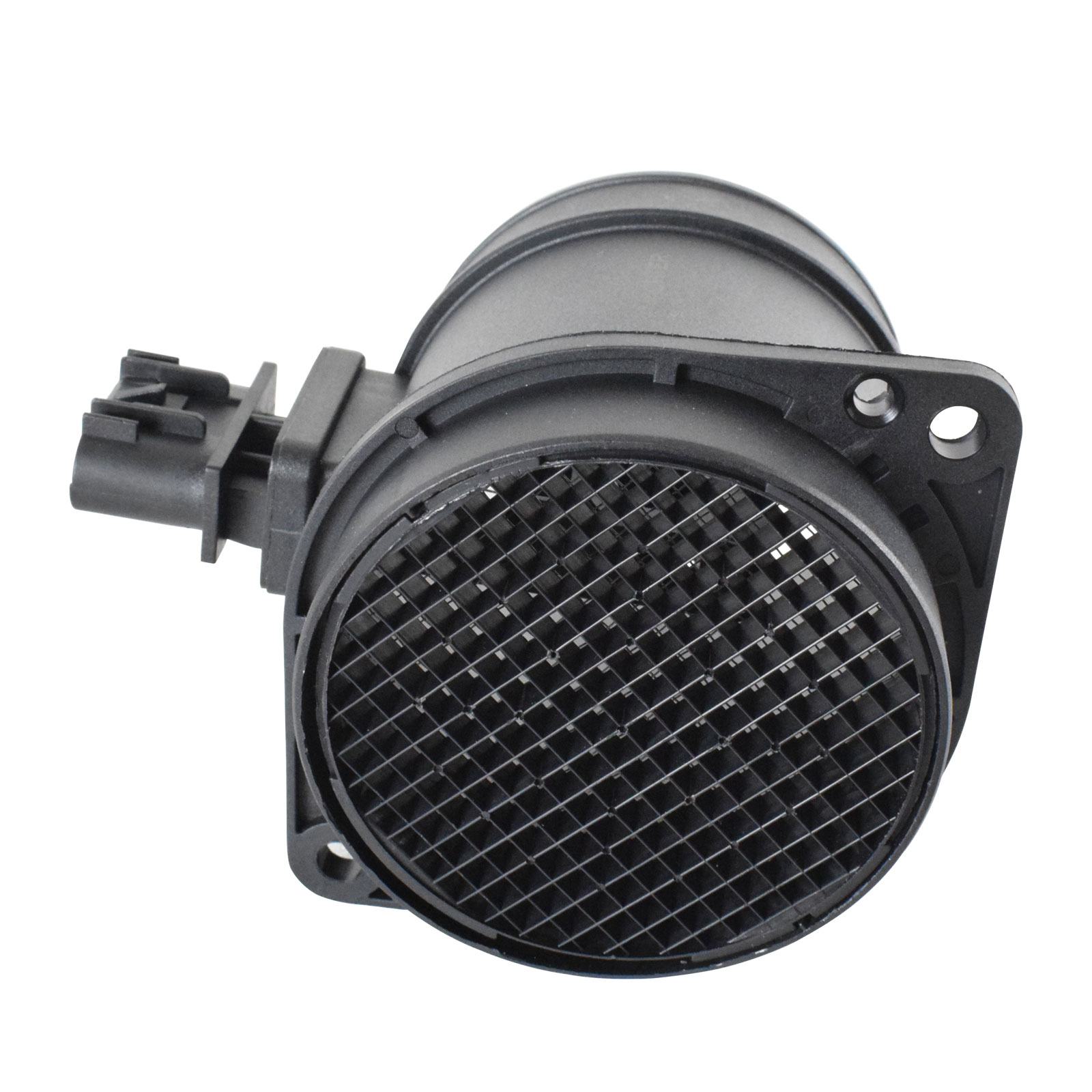

OBD2 data suggests higher vacuum reading than the mechanical gauge: 24.5 vs 20.Haven't looked for fouling recently perhaps I should. Spark plugs have less than 10,000 miles on them.At time of test, elevation was 700 ft, barometer was 29.88 inHg While at ~1500RPM, the needle would barely fluctuate (maybe +/- 0.2 inHg, with a period of about 1 Hz).

When cracking open the butterfly valve, vacuum would briefly drop before RPM increase, then head back up to 21inHg as RPMs settled to maybe 1500. Vacuum gauge connected to port just downstream from throttle body showed rock-steady 20 inHg at idle (700rpm).Squirted water at all vacuum fittings, no observable change in RPM.Now, after clearing fuel trim data the CEL comes back on even faster - which makes sense to me, since I'd expect pristine O2 sensors to be more sensitive than dirty ones, and notice more uncombusted oxygen.Didn't know how to test rigorously, so just replaced.Fuel dripping out of input side looked just as clean as fuel from output side.in-circuit voltage generation fluctuated correctly, given steady streams of shop air.out-of circuit ohmage 68F was within tolerance.So far everything I've looked at has been fine, and I'm wondering what the next logical thing to look at next is. For this particular model-year there was no EGR. This is a 1999 4Runner with the 5VZ V6 engine, 70K miles, naturally aspirated. I have been chasing a P0171 on a project vehicle for quite some time now.


 0 kommentar(er)
0 kommentar(er)
